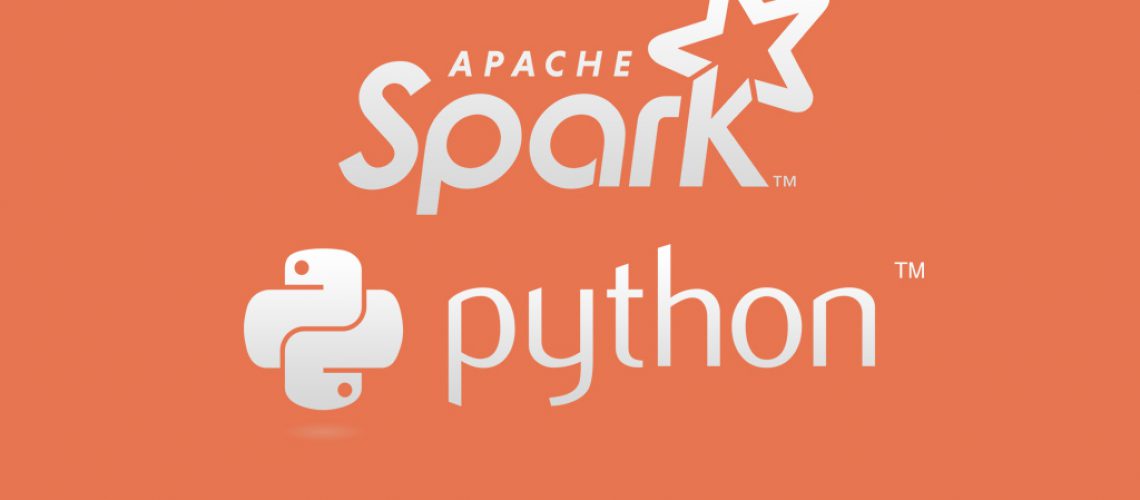Setup SPARK Environment Locally for Big Data Development
Spark has been reported to be one of the most valuable tech skills to learn by data professionals and demand for Spark and Big Data skill has exploded in recent years. As one of the latest technologies in the big data space, Spark is quickly becoming one of the most powerful Big Data tools for data processing and machine learning, its ability to run programs up to 100x faster than Hadoop MapReduce in memory.
Unlike single program installation, Spark environment setup is not that straight forward but needs a series of installations and configurations with sequence order requirement and dependencies from operating system to software. The main purpose of Spark is dealing with Big Data which means data is too big to allocate into a single server but multiple servers to comprise cluster. Because it’s cluster environment so that Spark is naturally installed in Linux server, therefore, from the operating system perspective, Linux is the only option, which decide the entire process is going to heavy rely on CLI instead of GUI so that the basic Linux CLI command is required before rolling up your sleeves and get your hand dirty.
But if you don’t want to setup environment by yourself, there is also a good solution provided by Databrick. Databrick is a company started by the creator of Spark that provides clusters that run on the top of AWS and adds a convience of having a notebook system already set up and the ability to quickly add files either from storage like Amazon S3 or from your local computer. I has a free community version that supports a 6 GB cluster. Because it is a web-based service so that you can easily follow the wizard on Databrick web portal to finish setup. We don’t show that here because it’s out of our scope.
Before we begin, something is very necessary to emphasis here. Spark is written by Scala, Scala is written by Java, so we have to follow the sequence to make sure Java installed then followed by Scala. Now let’s start it.
